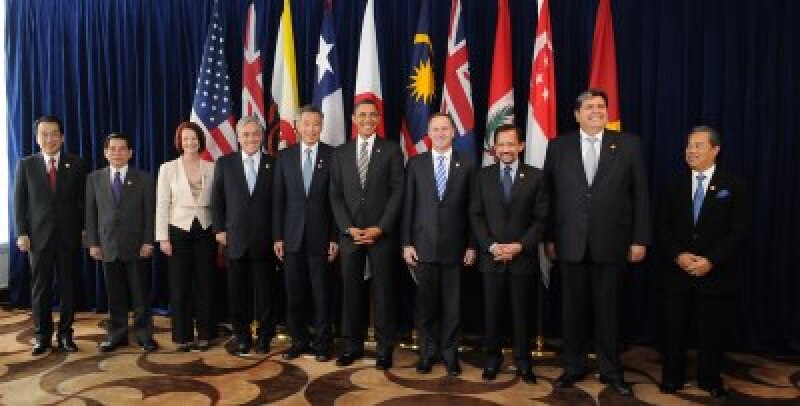
The 11th edition of the Mexico IP Focus is available to read online now (no subscription required). Alternatively, download a free PDF version (just register your details first). Many of the issues covered are of direct relevance to international IP rights owners and applicants.
A year-and-a-half after Mexico joined the Madrid Protocol, Adolfo Athié and Santiago Zubikarai of Basham discuss some of the challenges applicants are experiencing, especially regarding classification, translation and non-use cancellations.
The latest WIPO data indicates that there have been 6,638 designations of Mexico so far this year, compared to 5,095 in 2013, suggesting considerable interest in protecting marks in the country. Applications for international registrations from Mexico are also increasing, though remain low: there have been 33 so far in 2014, compared to 29 in 2013. Despite the challenges, the authors say “the system is ultimately fulfilling its purpose”.
Another global issue that Mexico is facing concerns the patentability of computer-implemented inventions. Octavio Espejo and Héctor Chagoya of Becerril Coca & Becerrildiscuss the law and practice at IMPI noting: “To improve the chance of success during substantive examination for this type of development, it is necessary to state the technical problem being solved as a human necessity, to make sure that the technical characteristics are evident in the claims, and to communicate to the examiner exactly how the purpose of the invention is achieved, regardless of the field in which it is applied.”
They also point out that the grant rate in Mexico for the 10 years to July 2013 was 53% for patent applications in class G06 and 79% for those in class H04, compared to an overall rate of around 65%.
A further perspective on patent harmonisation is provided by Víctor Garrido of Dumont Bergman Bider & Co, who argues that the utility requirement in Mexican law needs to be clarified: “A review of the Mexican utility standard and its implications seems necessary in order to at least clarify not only the country's position on the matter but the day-to-day practice, since it is clear that leaving open interpretation of law statements to the IMPI might lead to confusing and diverging criteria.”
Amanda Sigler of Goodrich Riquelme y Asociados also tackles an issue arising from harmonisation - the controlled use of trade marks and its effects in Mexican legal practice against lack of use actions. She notes that “a greater protection and enforcement of IP rights is now possible” thanks to Mexican courts recognising other ways of proving use by third parties without a recorded licence agreement.

Possibly the biggest change to Mexico’s IP system will arise from the Trans-Pacific Partnership (the leaders of the participating states are pictured left). Alejandro Luna of Olivares describes it as “the next trade frontier” and discusses how it will affect in particular the life science industries.
Particular issues include data package exclusivity, patent term extensions, patent linkage and the experimental use exception. “Mexico has a valuable opportunity to review and change its entire IP system and to adopt more efficient standards of IP protection,” writes Luna.
In the final article in this year’s Mexico IP Focus, Saúl Santoyo Orozco and Jose Luis Ramos-Zurita of Uhthoff describe changes to the way Mexico enforces IP rights at its borders. They say that recent amendments to Customs procedures “are a welcome addition to the legal arsenal available to combat pirates and counterfeiters” but worryingly add that “they are insufficient to achieve a deterrent effect on the people that control the manufacture, distribution and sale of counterfeits”.
The articles in the Mexico IP Focus are sponsored by the firms mentioned. Please contact them directly for more information.
At the end of this month, Mexico will host the 50th annual meeting of ASIPI, the Latin American IP association. Managing IP will be attending and we will bring you more news and analysis from the region during and after the event.









